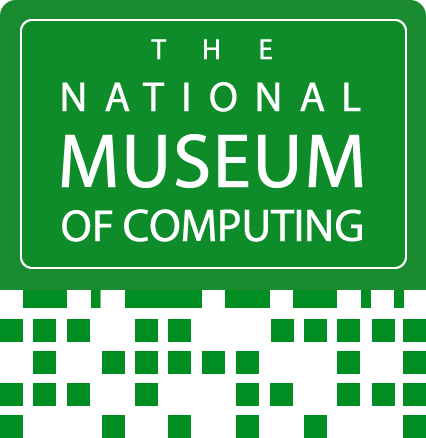Fifty Years Ago .... from the pages of Computer Weekly
/10th July 1975 computing, compiled by TNMOC volunteer archivist, Brian Aldous.
A selection of stories from Computer Weekly from 10th July 1975. The full archive of Computer Weekly can be seen at TNMOC, where there are special rolling displays of front pages from 25 and 40 years ago.
Microprocessing specialists in deal: Under an agreement between Plessey Microsystems and National Semiconductors, Plessey is to carry out feasibility studies and design microprocessor products based on National’s chip sets and on its own Miproc unit. Meanwhile, another manufacturer in the hectic microprocessor field, Motorola, has announced plans to market a new microprocessor family within 12 months, based on high- speed emitter coupled logic. System speed is said to be up to 10 times faster than NMOS units with a cycle time of 55 nanoseconds. The new products, which will be members of Motorola’s MECL 10,000 logic family, are designed for high performance applications such as digital communication processors, real time analysis, mainframe computers and time sharing. Designated MC10800 to MC10804, the five components may be connected together to form a processor of any word length. With external memory components, 10 of the devices will form a minimum16-bit word length system. (CW 453 10/7/1975 p7)
Low-cost traffic control by Siemens: A microprocessor-based traffic control computer, the VSR 100, capable of handling up to 30 intersections and costing only a small fraction of existing traffic systems, is now being marketed in the UK by Siemens. The VSR 100 represents the bottom end of the Siemens traffic control systems range. The others all come under the 16000 series which includes the 16010, the 16020 and the 16030, based respectively on the Siemens 310, 320 and 330 general purpose process control computers. The most powerful 16000 system, the 16006, based on the Siemens 306, has been selected by the Greater London Council under a £400,000 contract to control 1,000 signals in central London. In contrast, the VSR 100 is designed for controlling smaller areas with between 15 and 25 junctions, and will be appropriate for smaller local authorities. (CW 453 10/7/1975 p28)



